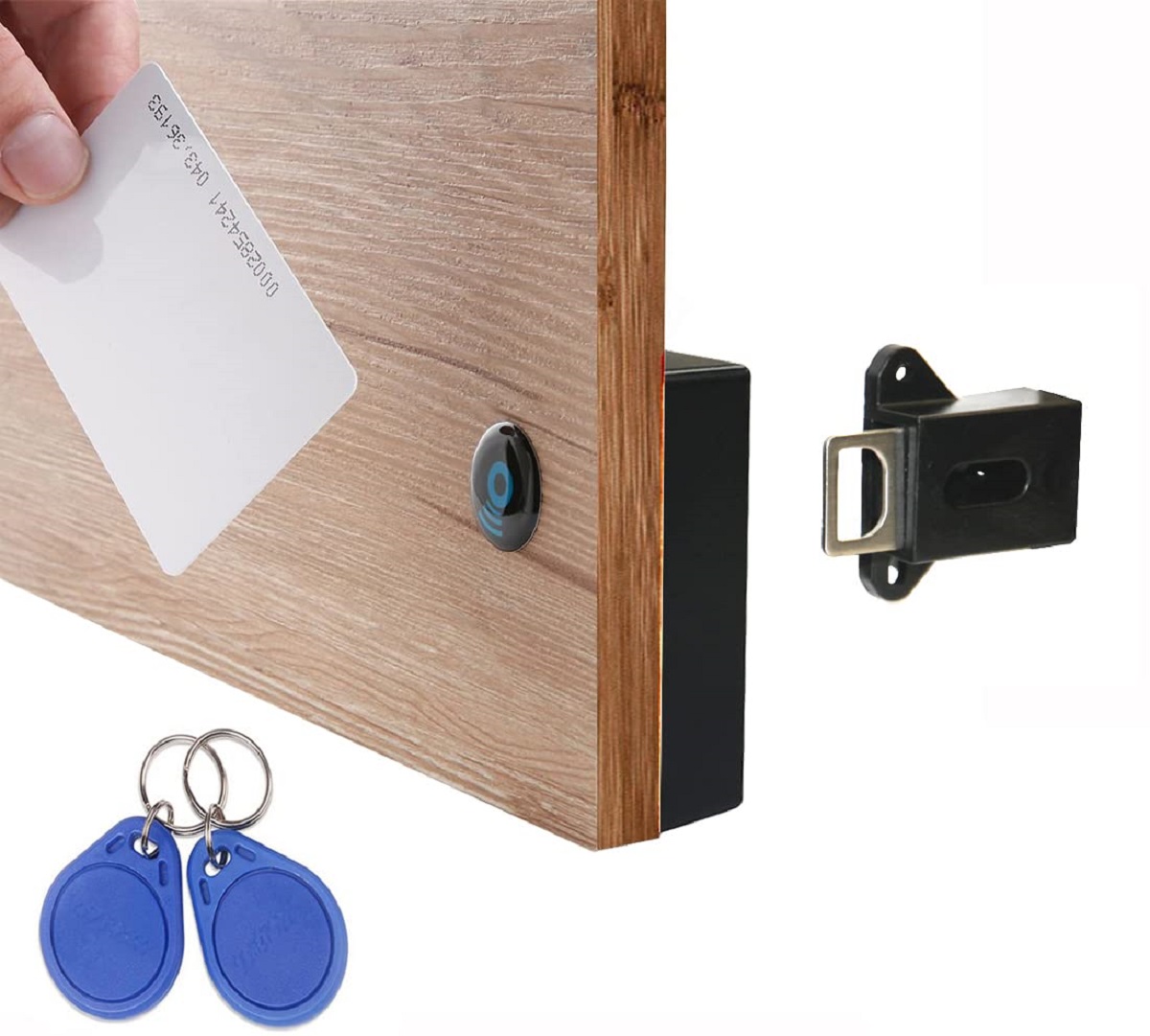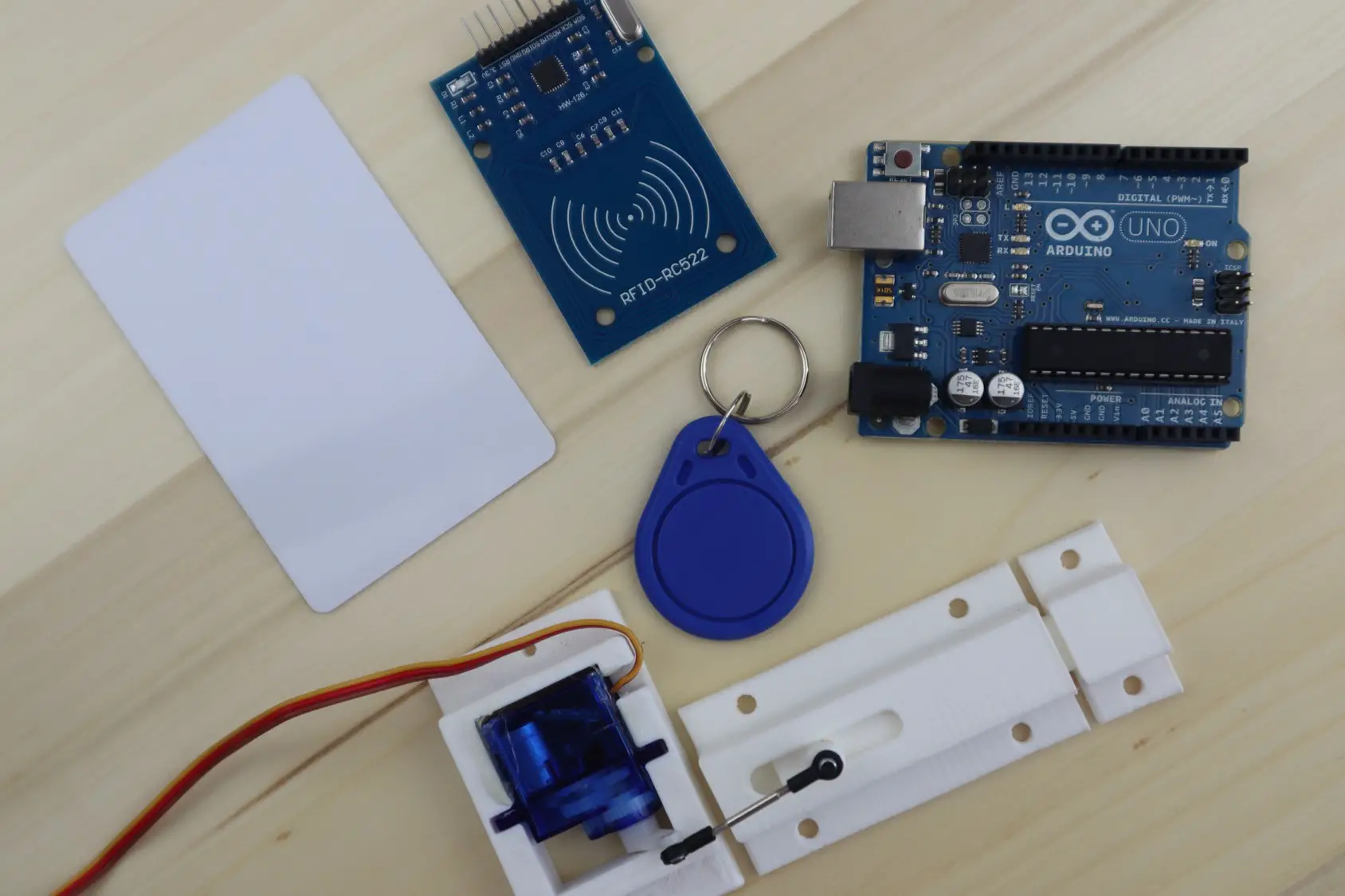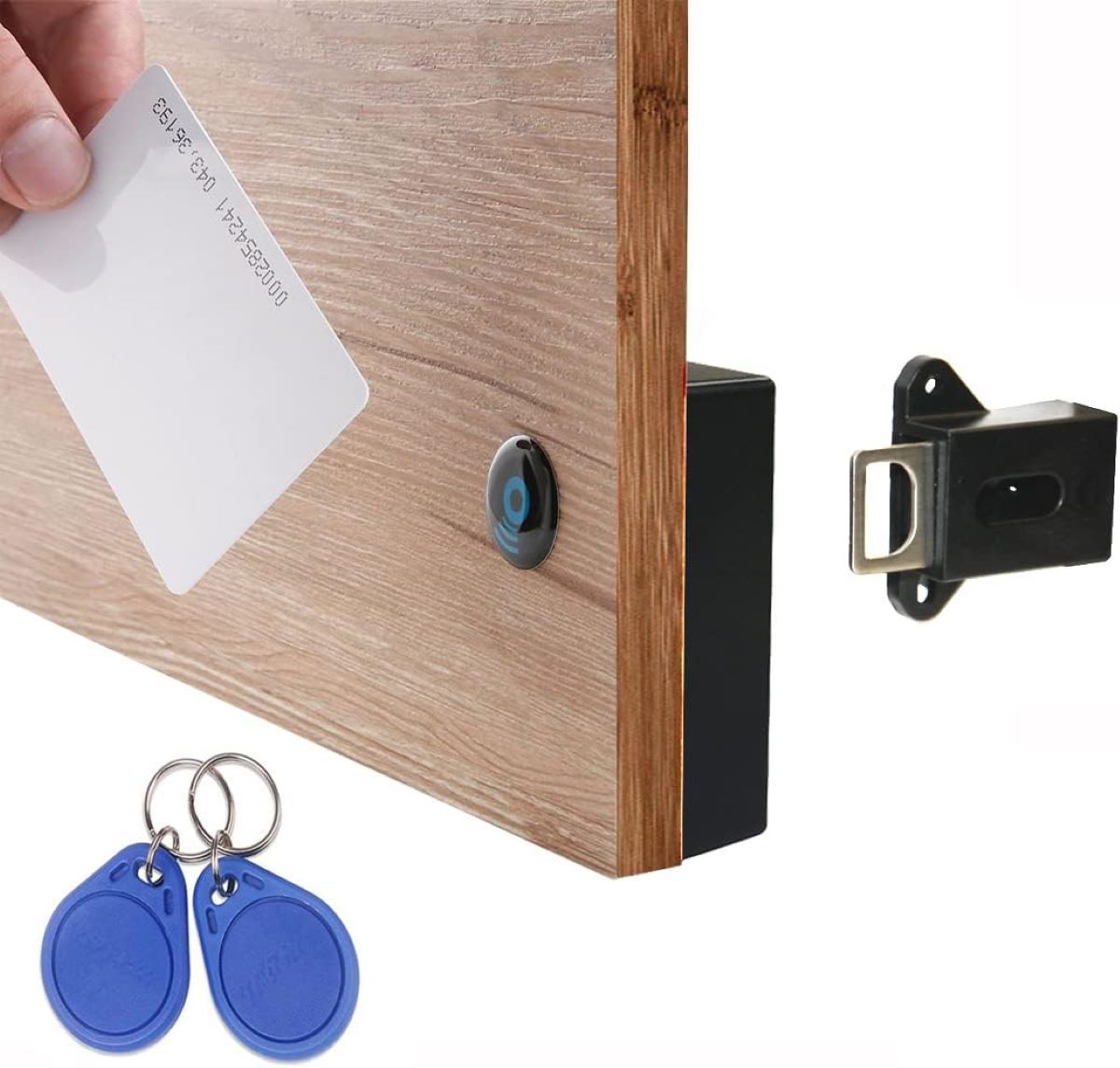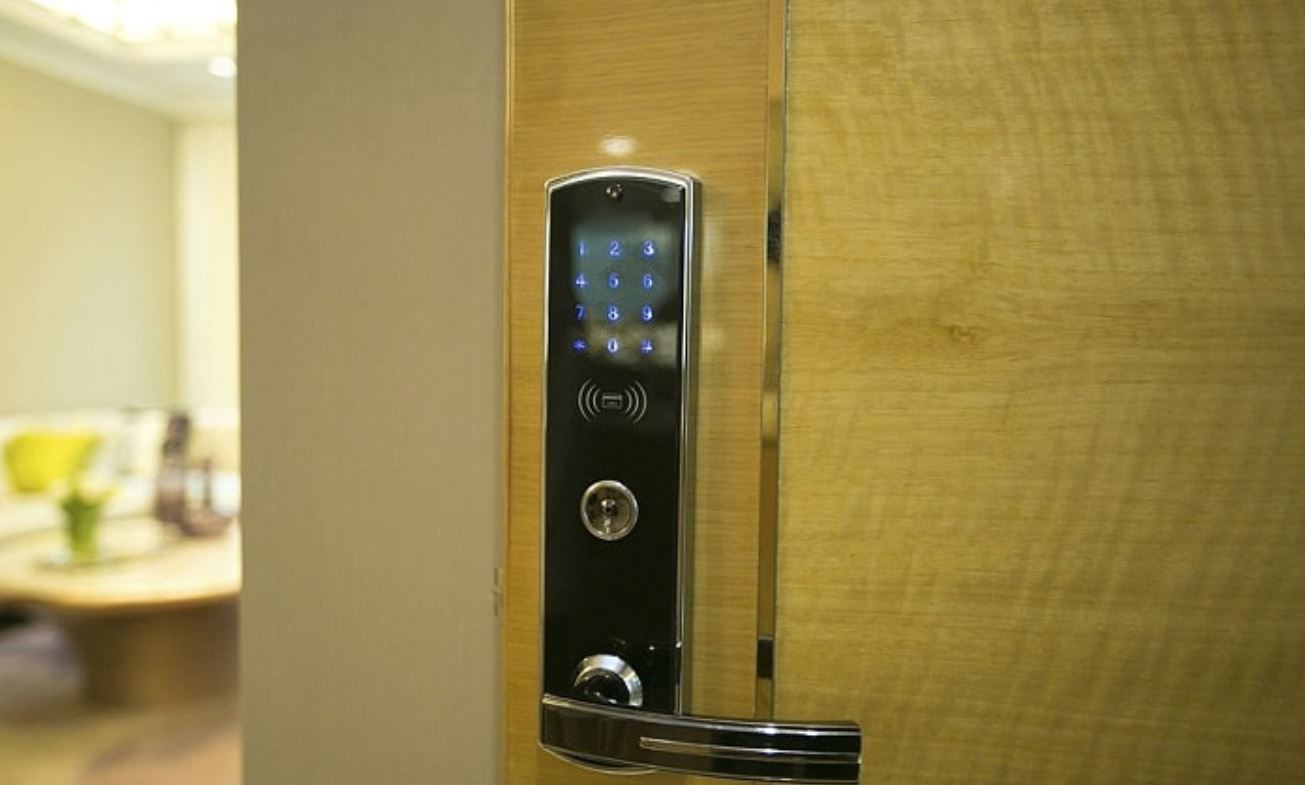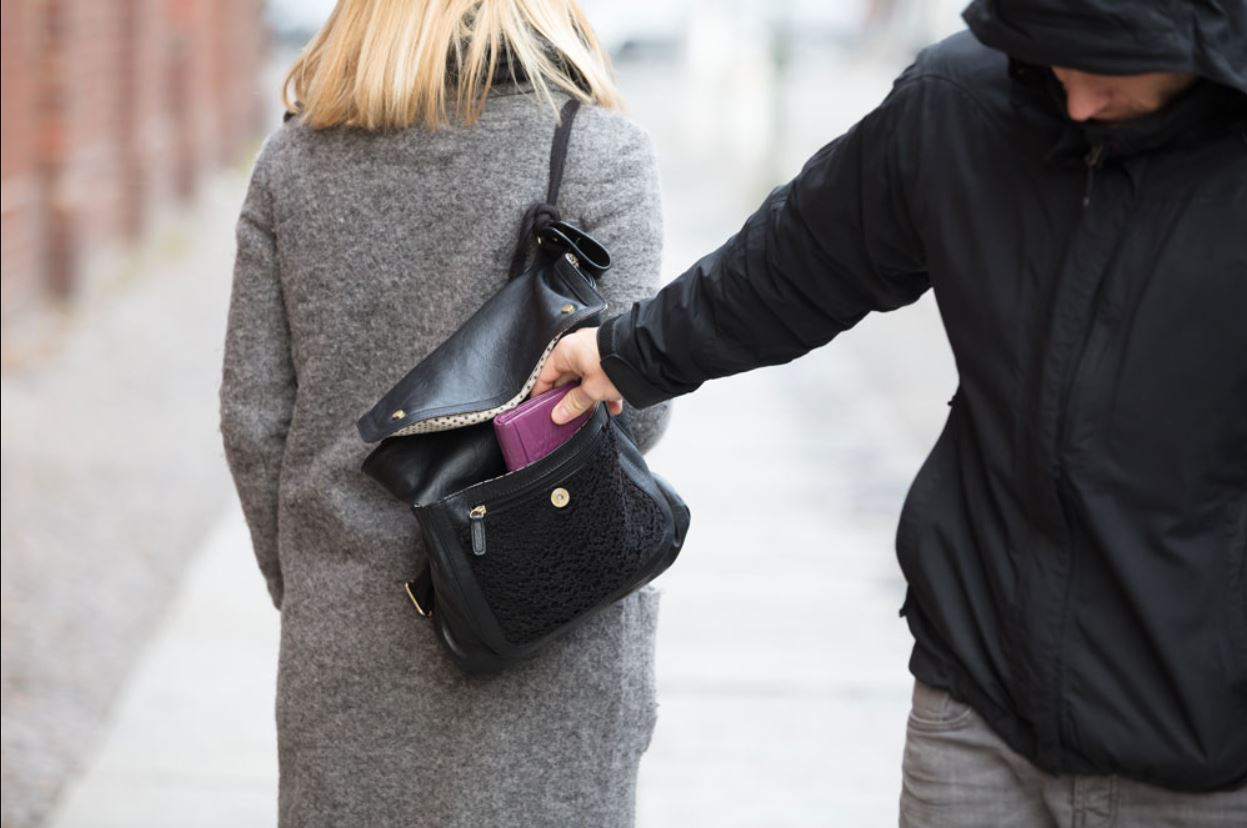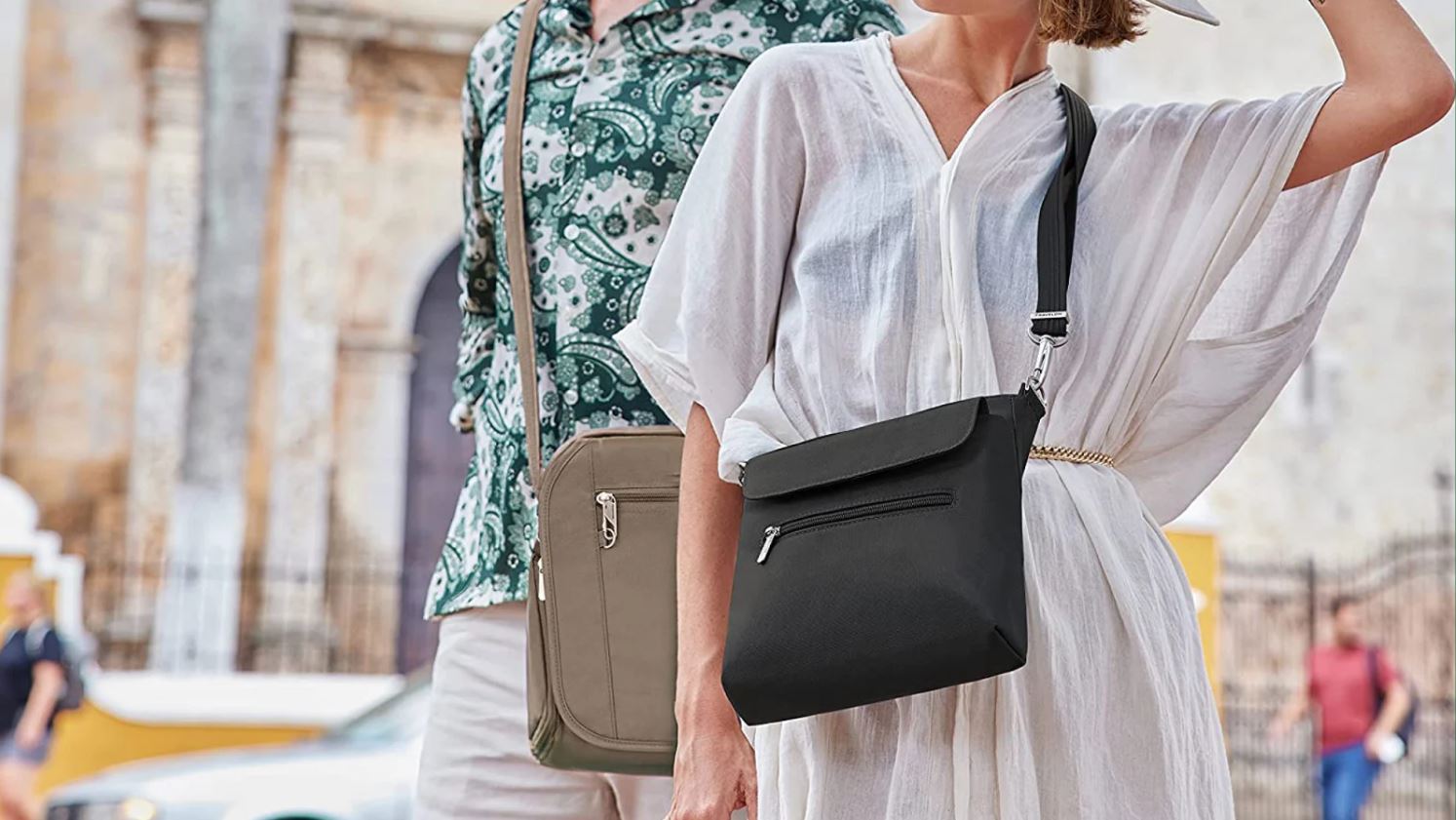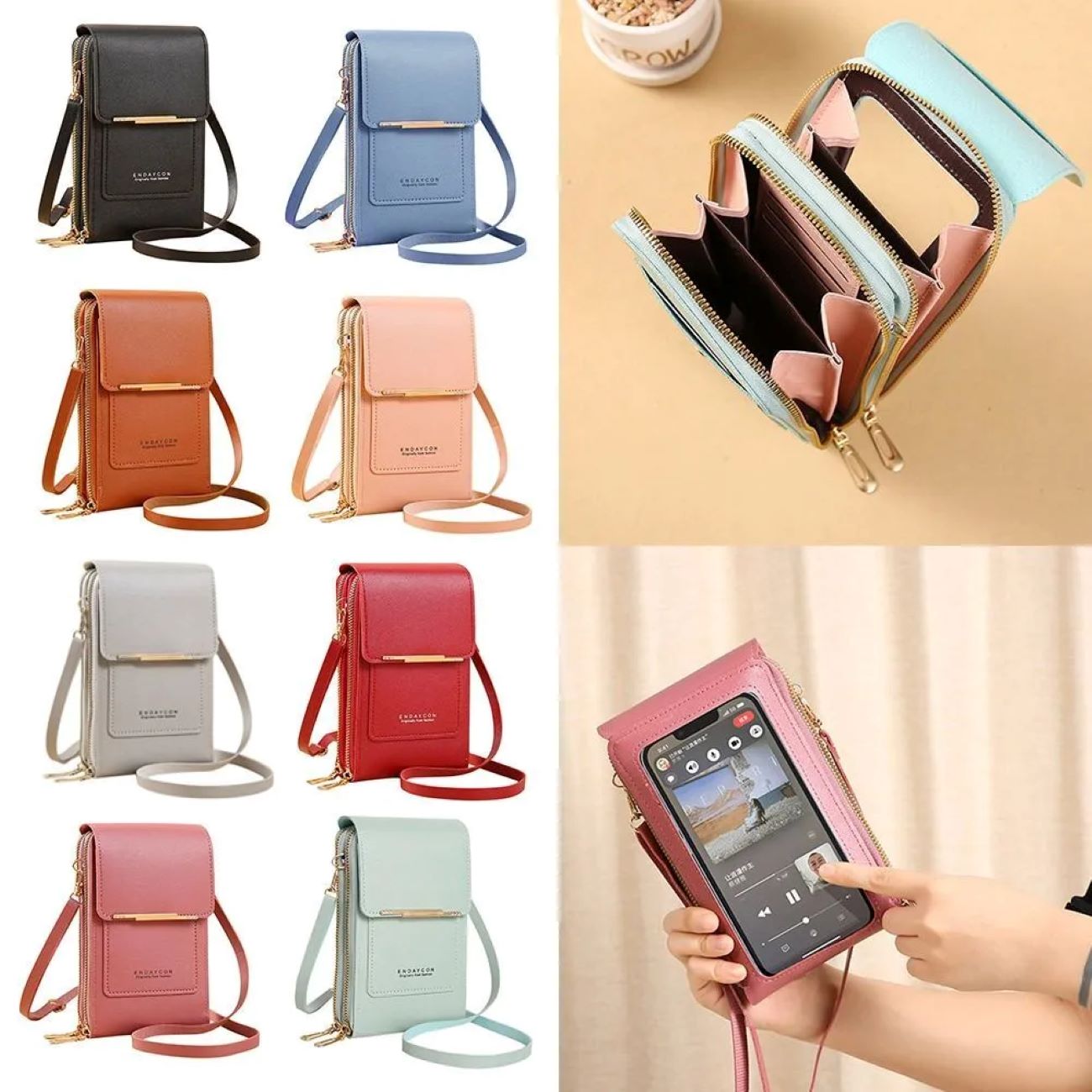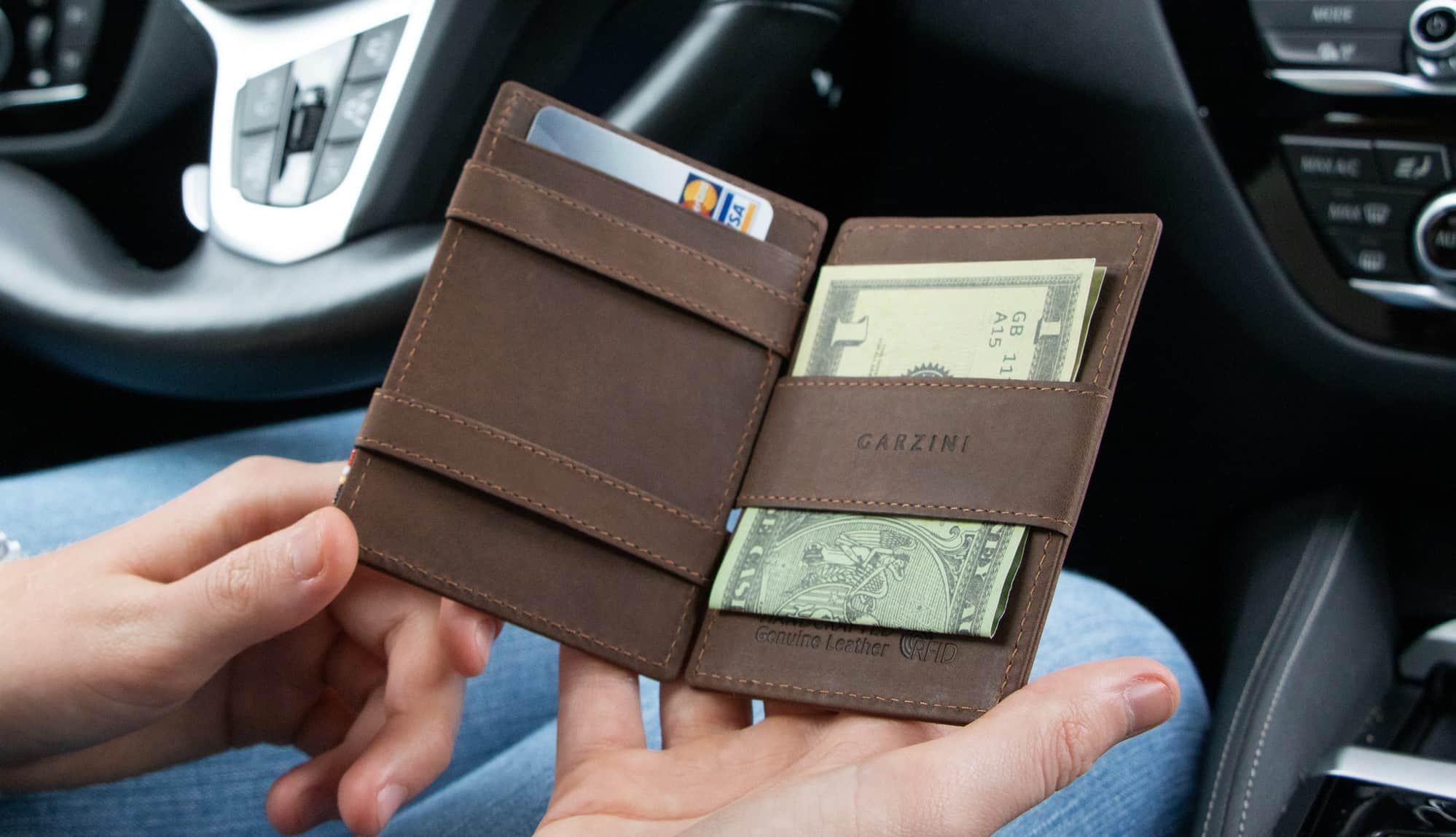Introduction
Welcome to the world of RFID locks, where convenience meets security. In today’s technologically advanced society, traditional lock and key systems are being eclipsed by more sophisticated and efficient solutions. RFID locks, short for Radio Frequency Identification locks, offer a secure and convenient way of accessing locked spaces. With these locks, you no longer need to carry around keys or remember complex combinations. Instead, you can simply swipe or tap a card, key fob, or even your smartphone to gain entry.
RFID technology has been around for decades and has found countless applications in various industries. From inventory tracking to contactless payments, RFID has revolutionized the way we interact with digital systems. Now, it’s making its mark on physical security systems as well. RFID locks are becoming increasingly popular in residential, commercial, and even hospitality settings due to their numerous advantages over traditional lock systems.
With an RFID lock, you can say goodbye to the hassle of lost keys or forgotten combinations. Instead, you can enjoy the convenience of quick and effortless access to secured areas. Whether it’s your front door, office building, or hotel room, RFID locks offer a seamless experience.
In this article, we will delve into the world of RFID locks, exploring how they work, their advantages, and the different types available. We will also discuss the factors to consider when choosing an RFID lock and highlight some popular brands in the market. By the end, you will have a solid understanding of RFID locks and be well-equipped to make an informed decision when it comes to securing your spaces.
What is RFID?
RFID, which stands for Radio Frequency Identification, is a technology that uses radio waves to communicate data between an RFID reader and an RFID tag. An RFID tag is a small electronic device that contains a unique identifier and sometimes additional data. The RFID reader is responsible for sending radio waves to the tag and receiving the information stored on it.
RFID technology has been around since the 1940s, but it has gained significant popularity and advancements in recent years. It is widely used in various industries such as logistics, retail, healthcare, and now, physical security systems.
An RFID system consists of three main components: the RFID tag, the RFID reader, and the backend system. The RFID tag, also known as an RFID transponder, is typically attached to an object or embedded in an ID card, key fob, or smartphone. It contains a microchip and an antenna, which enable it to transmit and receive data.
The RFID reader is the device responsible for sending and receiving radio waves. It can be a handheld device, a fixed station, or integrated into another device like a door lock. When the reader emits radio waves, the RFID tag within its range picks up the signal and responds by transmitting its unique identifier and any other relevant data it may contain.
The backend system, which can be a computer or a server, receives and processes the data from the RFID reader. It uses this information to perform various actions, such as granting access or updating inventory records.
One of the key advantages of RFID technology is its ability to read multiple tags simultaneously, quickly and accurately. This makes it much faster and more convenient than traditional barcode systems, which require individual scanning of each barcode.
RFID tags can be either passive or active. Passive tags do not have their own power source and rely on the energy received from the RFID reader to transmit data. Active tags, on the other hand, have their own power source and can transmit data over longer distances.
Overall, RFID technology offers a robust and efficient solution for identifying and tracking objects. When applied to physical security systems, it provides a convenient and secure way of granting access to authorized individuals and enhancing overall security measures.
How does RFID work?
RFID technology operates on the principle of electromagnetic fields and radio waves to facilitate communication between an RFID reader and an RFID tag. The process involves three main steps: tag identification, data transmission, and data processing.
When an RFID tag comes within the range of an RFID reader, the electromagnetic field emitted by the reader energizes the tag. This energy is captured by the tag’s antenna, which then powers the chip within the tag.
Once the tag is powered on, it sends back a signal to the reader. This signal contains the unique identifier of the tag and, in some cases, additional data such as the tag’s location or status. The signal is transmitted using radio frequency waves, which can travel through the air or other non-metallic materials.
The RFID reader receives the signal from the tag and decodes the data contained within it. The reader then sends this data to a backend system, which processes the information and performs the necessary actions based on predefined rules or programming.
There are different types of RFID systems, including passive, active, and semi-passive systems. In a passive RFID system, the tag does not have its own power source and relies on the energy emitted by the reader to power up and transmit data. This makes passive RFID tags cost-effective and suitable for applications where the tags have a short-read range.
In contrast, active RFID systems use tags with their own power source, typically in the form of a battery. These tags can transmit data over longer distances and are often used in applications that require real-time monitoring or tracking, such as asset management or vehicle tracking.
Semi-passive RFID systems are a combination of passive and active systems. These tags have their own power source to power up the chip and process data, but they rely on the reader’s energy to transmit the signal.
Overall, RFID technology offers a reliable and efficient means of identifying and tracking objects, whether it’s for access control, inventory management, or asset tracking. Its versatility and scalability make it a popular choice in various industries, providing enhanced security, improved efficiencies, and seamless integration with existing systems.
Advantages of RFID locks
RFID locks offer a multitude of advantages over traditional lock and key systems. These advantages make them a popular choice for both residential and commercial applications. Let’s take a closer look at some of the key benefits of RFID locks:
- Convenience: With RFID locks, you no longer need to fumble for keys or remember complex combinations. Accessing locked spaces is as easy as swiping a card, tapping a key fob, or even using your smartphone. This convenience is especially beneficial in high-traffic areas where quick and effortless access is essential.
- Enhanced Security: RFID locks provide an added layer of security compared to traditional locks. The unique identifiers stored on RFID tags make it extremely difficult to replicate or tamper with the access credentials. Additionally, some RFID locks have additional security features like encryption and authentication, further safeguarding against unauthorized access.
- Reduced Risk of Lost Keys: Losing keys can be a major inconvenience and a security risk. With RFID locks, there are no physical keys to misplace. If a card or key fob is lost or stolen, it can be easily deactivated or replaced, rendering the lost credentials useless without compromising the security of the lock.
- Audit Trail and Monitoring: RFID locks often come with advanced features, such as audit trail capabilities. These capabilities allow you to track and monitor access activities, including who accessed the lock and when. This feature is particularly useful in commercial or organizational settings where accountability and compliance are critical.
- Flexibility and Scalability: RFID locks offer flexibility in terms of user management. You can easily add or remove access credentials without the need to duplicate or change physical keys. This flexibility makes it convenient for managing employee turnover, temporary access, or granting specific access privileges to different users.
- Integration with Other Systems: RFID locks can seamlessly integrate with other security systems, such as surveillance cameras or alarm systems. This integration allows for a more comprehensive and cohesive security solution. In addition, some RFID locks can be connected to a centralized management system for easy access control administration.
These advantages make RFID locks an attractive choice for individuals and businesses looking to enhance security, improve access control, and streamline their overall operations. Whether it’s for residential use, office buildings, hotels, or other high-security environments, RFID locks provide a convenient and secure solution to meet your needs.
How are RFID locks used?
RFID locks are used in a wide range of applications, offering a convenient and secure way to control access to locked spaces. Here are some common examples of how RFID locks are used:
- Residential Use: RFID locks provide homeowners with a convenient and keyless entry solution. Instead of carrying around keys or memorizing complicated combinations, residents can simply use RFID cards, key fobs, or even their smartphones to unlock doors. This is especially beneficial for families with children or elderly individuals who may have difficulty managing traditional keys.
- Commercial and Office Buildings: RFID locks are widely used in commercial buildings and office spaces to control access to various areas. Different employees can be issued RFID access cards or key fobs that grant them entry to specific floors, departments, or restricted areas. This allows for efficient access management, increased security, and the ability to track employee movements.
- Hospitality Industry: In the hospitality industry, RFID locks are commonly used in hotels, resorts, and vacation rentals. Guests are provided with RFID key cards that allow them access to their rooms during their stay. These cards can be easily programmed and activated upon check-in, providing a seamless and secure experience for guests while simplifying the management of room access.
- Healthcare Facilities: In healthcare settings, RFID locks are used to secure medication cabinets, laboratory areas, and restricted storage rooms. By utilizing RFID access control, authorized staff members can easily gain access to these areas, ensuring the safety and proper handling of pharmaceuticals and sensitive equipment.
- Educational Institutions: RFID locks are deployed in educational institutions such as schools and universities to manage access to classrooms, laboratories, and administrative offices. Authorized staff and students can use RFID credentials to gain entry, while access can be restricted during specific times or to specific individuals. This helps enhance security within the campus environment.
- Data Centers and Server Rooms: Data centers and server rooms store valuable and sensitive information. RFID locks are used to control access to these areas, ensuring that only authorized personnel can enter. This helps protect against unauthorized access and potential data breaches, safeguarding critical infrastructure and information.
These are just a few examples of how RFID locks are used across different industries and environments. The key benefit of RFID locks is their ability to provide secure access control, streamline operations, and enhance overall security. By eliminating the need for physical keys and implementing a digital access system, RFID locks offer a convenient and efficient solution for managing access to locked spaces.
Types of RFID locks
RFID locks come in various forms to cater to different security needs and requirements. Here are some of the common types of RFID locks available:
- Stand-Alone RFID Locks: These locks operate independently without the need for a centralized access control system. They are typically used for residential applications or small-scale businesses. Stand-alone RFID locks often have a built-in reader or a keypad for user authentication, eliminating the need for external readers or controllers.
- Networked RFID Locks: Networked RFID locks are connected to a centralized access control system. They provide real-time monitoring, access management, and audit trail capabilities. Networked locks are commonly used in larger commercial or institutional settings where advanced features and centralized control are required.
- Door Handle RFID Locks: These locks are integrated into the door handle itself, combining the functionality of a door handle and an RFID lock. Door handle RFID locks are aesthetically pleasing, easy to install, and suitable for residential or light commercial use.
- Deadbolt RFID Locks: Deadbolt RFID locks provide an additional layer of security and are often used in residential or commercial settings. They offer a higher level of tamper resistance compared to standard door handle locks. Deadbolt locks can be integrated with RFID technology to provide keyless entry and improve security measures.
- Padlock RFID Locks: Padlock RFID locks are designed to provide secure access control for lockers, gates, or other applications that require portable security. These locks typically have a shackle that is secured with an RFID mechanism, allowing authorized users to unlock and lock the padlock with their RFID credentials.
- Electronic Cabinet RFID Locks: These locks are specifically designed for cabinets, drawers, or lockers. They offer a secure solution for storing valuable items, documents, or confidential information. Electronic cabinet RFID locks can be easily integrated into existing cabinets, providing an upgrade from traditional key locks.
These are just a few examples of the types of RFID locks available on the market. Each type offers unique features, functionalities, and installation requirements. When selecting an RFID lock, it’s important to consider factors such as the intended use, level of security needed, compatibility with existing systems, and budget constraints. By choosing the right type of RFID lock, you can ensure optimal security and convenience for your specific application.
Factors to consider before choosing an RFID lock
When choosing an RFID lock for your specific application, it’s important to consider several key factors to ensure you select the right solution that meets your needs. Here are some factors to consider before making your decision:
- Security Requirements: Assess the level of security needed for your application. Consider factors such as the sensitivity of the area being secured, the value of the assets being protected, and any specific regulations or compliance requirements. Choose an RFID lock that offers the appropriate level of security features, such as encryption, authentication, and tamper resistance.
- Compatibility: Determine if the RFID lock is compatible with your existing infrastructure and access control system. Consider if it can integrate with your current software, hardware, or other security components. Ensuring compatibility will streamline the implementation process and ensure a seamless user experience.
- Installation and Maintenance: Evaluate the installation requirements and maintenance needs of the RFID lock. Some locks may require professional installation, while others are more DIY-friendly. Consider factors such as power supply requirements, wiring complexity, and any ongoing maintenance or firmware updates that may be necessary.
- User Convenience: Consider the ease of use and convenience for the end-users. Choose an RFID lock that offers user-friendly features, such as intuitive interface, quick response time, and easy issuance and revocation of credentials. User convenience is crucial to ensure smooth operations and user acceptance.
- Budget: Determine your budget and evaluate the cost of the RFID lock, including any additional components or accessories that may be needed. While it’s important to stay within budget, prioritize the overall quality and functionality of the RFID lock for long-term value and security.
- Scalability: Consider the scalability of the RFID lock system. If you anticipate future expansions or changes in your access control needs, choose a lock system that can easily accommodate growth. This will save you time and money in the long run by avoiding the need for a complete system overhaul.
- Reliability and Durability: Assess the reliability and durability of the RFID lock. Look for locks that are built to withstand various environmental conditions, such as extreme temperatures, moisture, or physical impact. Choose a reputable brand that offers quality products with a proven track record.
- Support and Warranty: Consider the level of customer support and warranty provided by the RFID lock manufacturer. It’s important to have access to technical support and assistance if any issues arise. Look for a lock manufacturer that offers a comprehensive warranty and responsive customer support.
By carefully considering these factors before choosing an RFID lock, you can make an informed decision that aligns with your security requirements, infrastructure, and budget. Taking the time to evaluate your needs and conduct thorough research will help ensure that the RFID lock you select is the right fit for your specific application.
Popular brands of RFID locks
There are several reputable brands that offer a wide range of RFID locks to cater to different security needs. These brands have gained recognition for their quality, reliability, and innovative features. Here are some popular brands of RFID locks:
- ASSA ABLOY: ASSA ABLOY is a global leader in secure access solutions and offers a comprehensive range of RFID locks. Their product lineup includes electronic cylinders, digital handlesets, and network-connected locks. The ASSA ABLOY RFID locks are known for their advanced security features, seamless integration with existing systems, and durability.
- HID Global: HID Global is a trusted name in the security industry, specializing in secure identity solutions. They offer a variety of RFID locks, including electronic door locks, cabinet locks, and padlocks. HID Global’s RFID locks are known for their advanced encryption technology, user-friendly interfaces, and compatibility with various access control systems.
- Yale: Yale is a well-established brand with a long history in the lock industry. They offer a range of RFID locks for residential and commercial applications. Yale’s RFID locks are known for their sleek design, easy installation, and user-friendly features. They incorporate advanced RFID technology to provide secure and convenient access control solutions.
- Salto Systems: Salto Systems specializes in electronic access control solutions, including RFID locks. Their product portfolio includes standalone locks, online locks, and wireless access control systems. Salto Systems’ RFID locks are known for their scalability, flexibility, and compatibility with various RFID credential formats.
- LoxTop: LoxTop is a renowned brand offering RFID locks for residential and commercial use. Their products range from standalone locks to networked access control systems. LoxTop RFID locks are known for their durability, ease of installation, and user-friendly interfaces. They offer a cost-effective solution for enhancing security and convenience.
- Kaba: Kaba, now part of dormakaba, is a leading provider of RFID lock solutions. They offer a wide range of RFID locks, including electronic handle locks, digital cylinders, and wall readers. Kaba RFID locks are known for their high-quality craftsmanship, advanced technologies, and seamless integration with various access control systems.
These brands have earned a strong reputation in the security industry due to their commitment to quality, innovation, and customer satisfaction. However, it’s important to note that choosing the right brand and model of RFID lock should be based on your specific requirements and the compatibility of the lock with your existing infrastructure.
It is advisable to conduct thorough research, read customer reviews, and consult with security professionals to determine the best RFID lock brand and model for your needs. By selecting a reputable brand, you can have peace of mind knowing that you are investing in a reliable and trusted solution for your access control requirements.
Conclusion
RFID locks have revolutionized the way we control access to locked spaces, providing a convenient and secure alternative to traditional lock and key systems. With their ability to utilize radio frequency identification technology, RFID locks offer numerous benefits, including convenience, enhanced security, and flexibility.
RFID technology plays a crucial role in how these locks operate, allowing for quick and efficient communication between the lock and RFID tags. Whether it’s a residential application, commercial building, or hospitality industry, RFID locks have found their place in various sectors by offering keyless entry solutions and improving overall security measures.
When choosing an RFID lock, it’s essential to consider factors such as security requirements, compatibility, installation, and user convenience. Evaluating these factors will help ensure the chosen RFID lock meets your specific needs and integrates seamlessly with your existing infrastructure.
Several popular brands, including ASSA ABLOY, HID Global, Yale, Salto Systems, LoxTop, and Kaba, offer a wide variety of RFID locks with advanced features and innovative designs. These brands have gained recognition for their quality, reliability, and ability to meet diverse customer demands.
Ultimately, investing in an RFID lock provides peace of mind, convenience, and improved security. By eliminating the need for physical keys, rekeying, or worrying about lost keys, RFID locks streamline access control processes and enhance overall efficiency.
Whether you’re securing your home, office building, or any other space, RFID locks offer a modern, effective, and reliable solution. By harnessing the power of RFID technology, you can enjoy the convenience of keyless entry while ensuring the utmost security for your premises.







